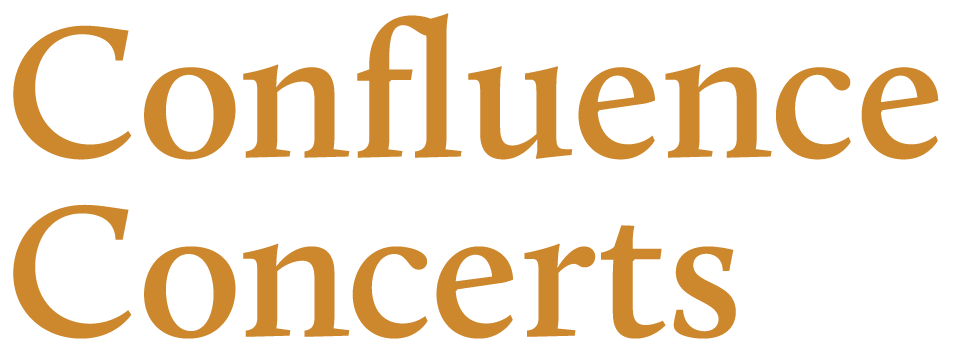The Beethoven String Quartet Project: Op. 59, no. 3
As the necessary home confinement continues today and for the foreseeable future, I have turned to a project I intended to engage in at some point this year: listening to and reflecting upon the magnificent string quartets of Ludwig van Beethoven, who was born 250 years ago. For each of the next 17 days, I hope to post a short paragraph or two on these stimulating pieces.
STRING QUARTET No. 9 in C MAJOR, op. 59, no. 3
I listened to the New Zealand String Quartet, recorded in 2002 on the Atoll label. It’s available on YouTube.
Andante con moto - Allegro vivace
Andante con moto quasi allegretto
Menuetto (grazioso) - Trio
Allegro molto
This is the last quartet in the opus 59 collection of three commissioned by and dedicated to Prince Andrey Razumovsky and published in 1808. There is evidence to suggest that this piece was written in a hurry and some Beethoven critics don’t rank it with the best of his string quartet-writing. I’m not sure I agree. It certainly puts forth a different energy from the E minor quartet (thankfully…I wasn’t sure I could sustain another listening experience of the emotional intensity of yesterday’s!). But it’s full of invention, ingenuity and endless variation. When I think back to op. 18, no. 1 - over a week ago! - we’re into a whole different realm of musical priorities now. Everything makes sense, but is more abstract, development sections are much longer, modulations much more nimble and heading to unexpected key areas and some ideas don’t finish, rather they fade away or are interrupted by silence. I have great fondness for op. 59, no. 3 for all of these reasons.
William Kindermann quotes Alan Tyson’s explanation of the hastiness of the composition of this quartet: “…the evidence comes from the water-stains on Beethoven’s manuscripts for the (Razumovsky) quartets…In late October 1806, Beethoven travelled from a country retreat in Silesia to Vienna with his manuscripts packed in a trunk. On the way he encountered a storm with pouring rain that penetrated the trunk, so that the manuscripts were wet when he reached Vienna. Thanks to this leaky trunk and the resulting water-stains on his manuscripts, we know that by this point he had finished in score only the first two movements of the E minor quartet and had sketched just the first movement of the C major. This left little time for the completion of op. 59 no. 3. The smaller scale of this work, the apparent absence of a Russian theme, and Beethoven’s use in the minuet of material sketched years earlier are all factors that may connect with a certain haste in the process of composition.”
Haste or no, it’s a wonderful piece!
Movement I opens with a slow introduction that keeps us off balance and in an other-worldly realm. It’s broken by silence, then leads to the body of the movement, which is interrupted again by a series of unaccompanied solos in the first violin. The independence of all the instruments is on display throughout this movement and quirky small phrases contrast with longer episodes that are full of interest. Longer sections present a really jolly mood that look back to Beethoven’s 18th century style (with a nod to Haydn). The development section is fascinating including a long episode of voice pairings in very distant keys. There’s an extended candenza-like section in the violin 1 part at the end of the development that leads to a wonderfully dense texture in the recap…everyone playing the same rhythms at once. I love the stringendo race to the end!
The Allegretto is an extraordinary movement in 6/8 time, driven along at the beginning by the cello pizzicato. Beethoven’s signature use of subito dynamics is very present throughout this movement. I was struck by the relatively close harmonies and the rich, low registers of all the instruments being utilized. This makes for a warm atmosphere. Beethoven makes wonderful use of tied notes across the bar lines and in the middle of the bar to play with the rhythmic emphasis of 6/8. There’s a gorgeous A major section in the middle of this movement leading to a remarkable return to A minor and a lovely, serene ending moved along by the chromatic pizzicato cello line.
The graceful close harmonies continue in the Minuet, giving a wonderful effect of all the instruments hunkering together. The effect of 16th notes being thrown around from part to part is beautiful in the score. This is a complicated minuet, far from stately and straight-forward. The Trio is charming and feisty in F major with wonderful forward motion. The da capo of the Minuet leads to an evocative, wistful and poignant coda going right into the final movement.
The viola takes the lead! Each instrument enters one-by-one in a fugal opening section which looks forward to the energy and excitement of the last movement of the Mendelssohn Octet. Everyone’s flying and it’s uplifting and gorgeous. This is brilliant writing, full of interest and fire. I never get tired of the effect of the violins playing in octaves…it’s a great way to punctuate sections and really make a musical statement. Just before the return of the opening, there’s a momentarily terrifying symphonic sounding section of long chords, reminiscent of tolling bells. This subsides into the cheerful fugue subject and a triumphant conclusion. Keys are toured with breakneck speed and staggering aptitude, Beethoven uses brilliant development techniques and this movement is a grand close to the Razumovsky set. There’s an arresting STOP near the end of the movement and then a bravado unison drive to a glorious finish.
I hope Prince Razumovsky was pleased. These three quartets are the only reason we remember him.
Larry Beckwith (Saturday, March 28, 2020)
